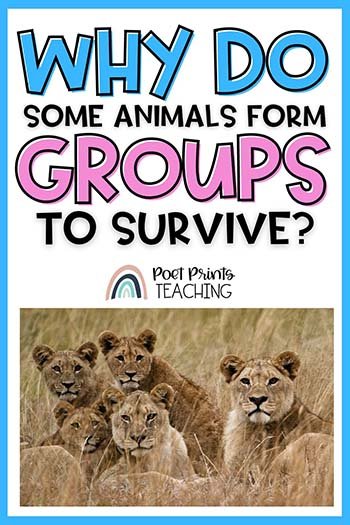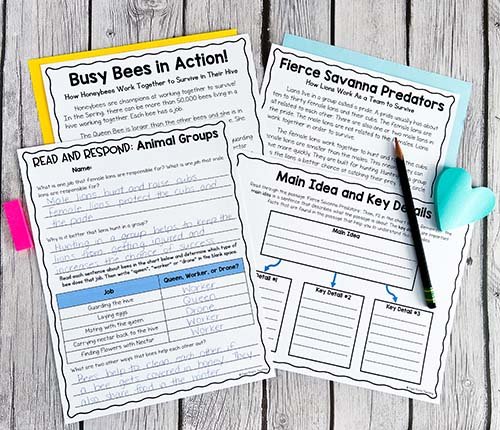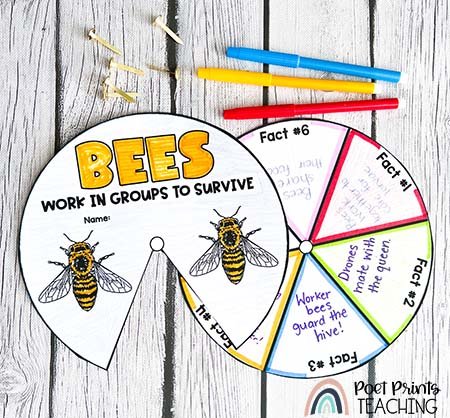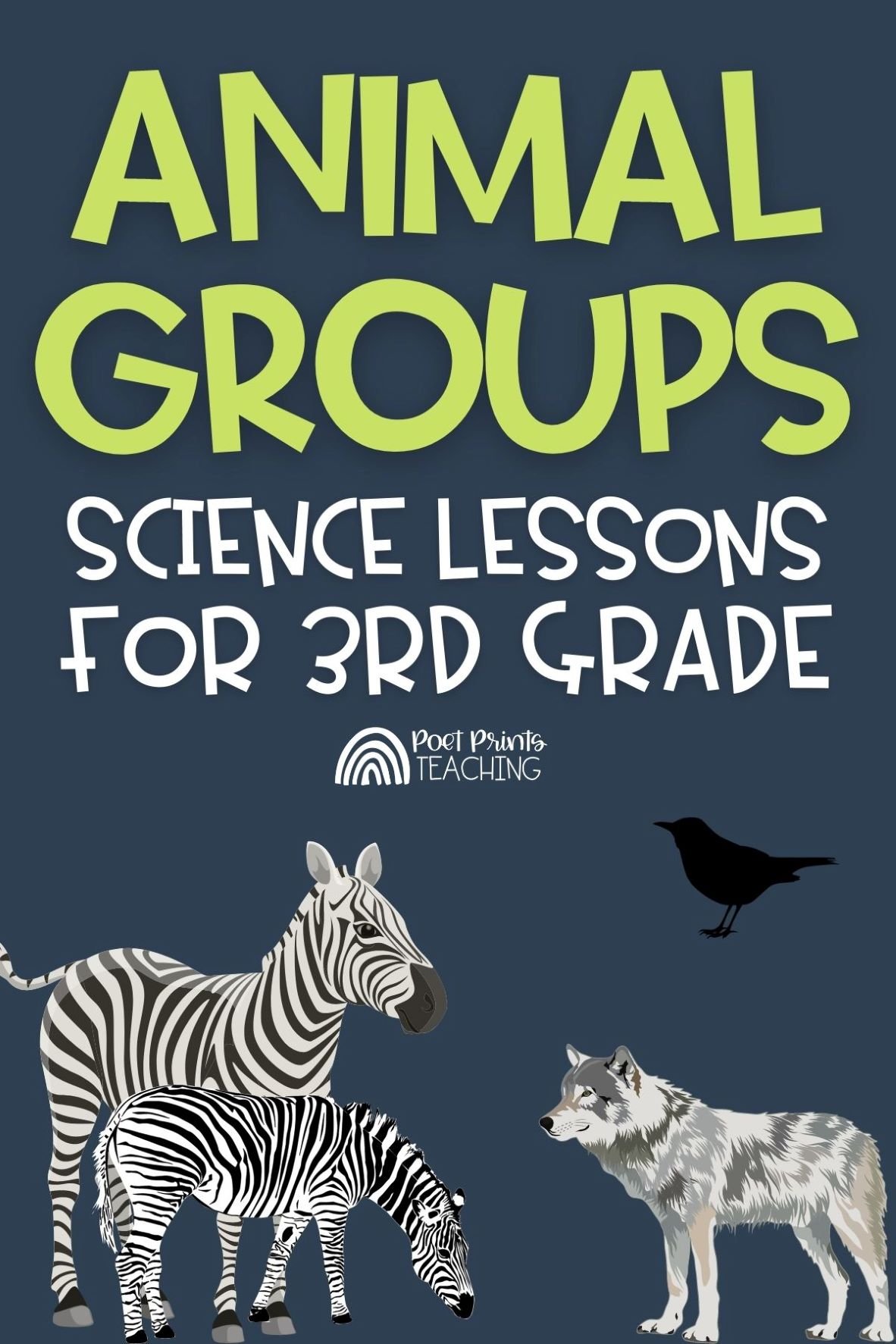Animals That Live in Groups - Third Grade Science
There is something about animals that fascinates children of all ages. Let’s be real, even adults are fascinated by animals! Whether it’s learning about why zebras have stripes or learning about how to classify animals, kids are drawn into the world of animals. Some animals survive by living in a group. Working together helps in so many ways. Take a peek at some of the best ways to learn about why some animals live in groups!
Why do animals live in groups?
Animals live in groups to help each other survive. Animals can hunt together, protect each other and help raise their young. A lone lion would have to do a lot of work in order to survive, but a pride can work together to thrive. One honeybee isn’t going to be able to survive alone, but a hive full of bees can thrive.
What kinds of animals live in groups?
Some animals do thrive alone, like robins or polar bears. Other animals live in groups. Some of these animals include gorillas, bats, honey bees, deer, buffalo and lions.
Teach About Animal Groups with One Click!
Looking for a FAST way to plan out your animal groups unit that already includes paired nonfiction passages? In just a few clicks you can grab all of the pieces you need: lesson plans, paired passages, reading comprehension, key reading skills, and a fun science project.
Click and print. Planning is really that easy.
teach the importance of animal groups with a video
When putting together any Science unit, I like to have a few good YouTube videos on hand. I find that videos are great for introducing concepts or reviewing concepts. They also help to break up the teaching time. So here are a couple youtube videos I found about Animal Groups:
https://www.youtube.com/watch?v=gwH8xGmqGmo - I love a good SciShow Kids video and so do the students.
https://www.youtube.com/watch?v=r2_npLl4Cyc - This video answers the question “Why do animals live in groups?”
Reading Passages
Reading Passages all about two animals who form groups to survive.
Combining science with reading is a great way to sprinkle in some informational text and reading comprehension. In these passages, we explore two different animals that form groups to survive. ‘Busy Bees in Action’ is a reading passage all about how honeybees work together and ‘Fierce Savanna Predators’ is a reading passage all about how lions work as a team to survive. While reading these passages, student get a good overview of the jobs each member of the pride or hive is responsible for.
Lone Lion Tag
A great way to demonstrate the power of teamwork is by playing a game of tag. In the first round, have one student (the “lone lion”) try to catch as many of their classmates (“the prey”) as possible. In the second round, have a group of students (“the pride”) try to catch as many students as possible. Your students will quickly see that working together as a team gives better results. In the same way, animals work together to get better results.
Animal Groups Science Project
Animal Group Spinners are fun to make with your students. Photocopy templates for your class so each student can choose the animal they would like to write about. Students then research either bees or lions. They can gather facts about their animals. They write these facts into the spinner template. This is a fun way to have students research and write. I especially like this activity because they don’t have to write in the traditional paragraph form.
There are so many activities you can do to teach your students about animals. And I’m just scratching the surface! You’re probably already thinking of an idea or two. Teaching students about animals that live in groups can be exciting and engaging.





